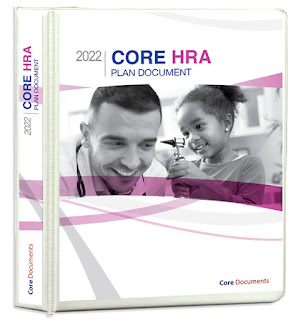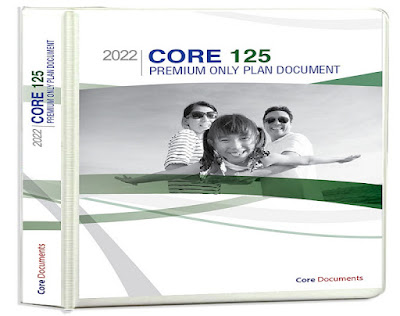Maximizing Employee Benefits: The Power of Section 125 POP Documents and Premium Only Plans
Introduction
In today's competitive job market,
offering attractive employee benefits is essential for retaining and attracting
top talent. One way employers can provide valuable perks is through Section 125
Premium Only Plans (POP). In this blog post, we'll explore Section 125 POP documents and Premium Only Plans, shedding light on
their benefits and how they can enhance your company's employee benefit
package.
 |
| Section 125 premium only plan |
Section
125 Premium Only Plan (POP) Explained
A Section125 Premium Only Plan, often abbreviated as POP, is a tax-advantaged
employee benefit plan that allows employees to pay for certain insurance
premiums and qualified medical expenses with pre-tax dollars. These plans are
governed by Section 125 of the Internal Revenue Code, and they provide
significant advantages for both employers and employees.
Here's
how a Section 125 POP typically works:
Employee Contributions: Employees can
designate a portion of their salary to pay for qualified expenses, such as
health insurance premiums, dental insurance premiums, and eligible
out-of-pocket medical expenses.
 |
| Section 125 premium only plan |
Pre-Tax Benefits: Contributions made by
employees through the POP are deducted from their gross income before taxes are
calculated. This means employees pay less in federal income tax, Social
Security tax, and Medicare tax.
Employer Benefits: Employers benefit from
reduced payroll taxes because they don't have to pay certain payroll taxes
(e.g., Social Security and Medicare) on the pre-tax employee contributions.
This can result in substantial savings for the company.
Compliance: Employers must adhere to IRS
regulations when setting up and administering a Section 125 POP to maintain its
tax-advantaged status.
Benefits
of Section 125 POP:
- Tax Savings: Employees enjoy lower taxable income, reducing their overall tax liability.
- Attractive Benefits Package: Employers can offer a more competitive benefits package without increasing their overall compensation costs.
- Cost-Effective: Employers save on payroll taxes, making it a cost-effective solution for enhancing employee benefits.



Comments
Post a Comment